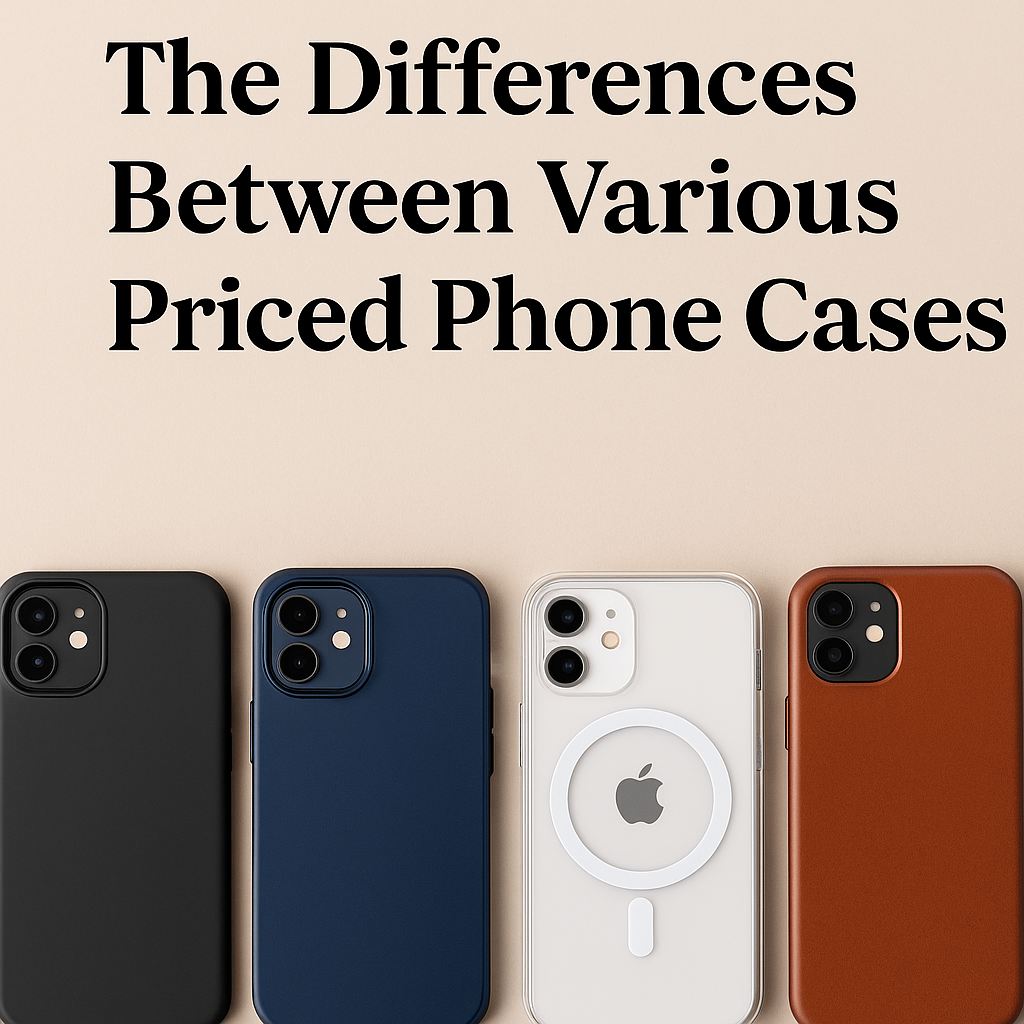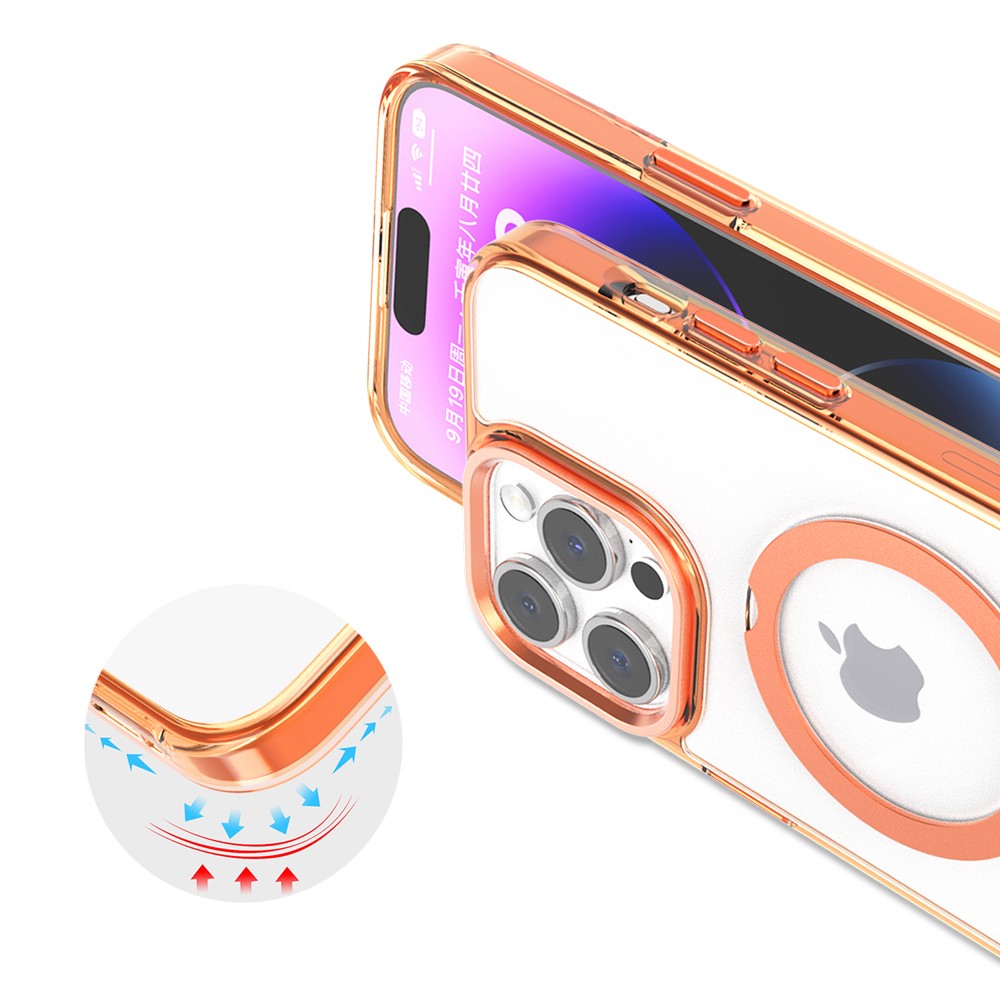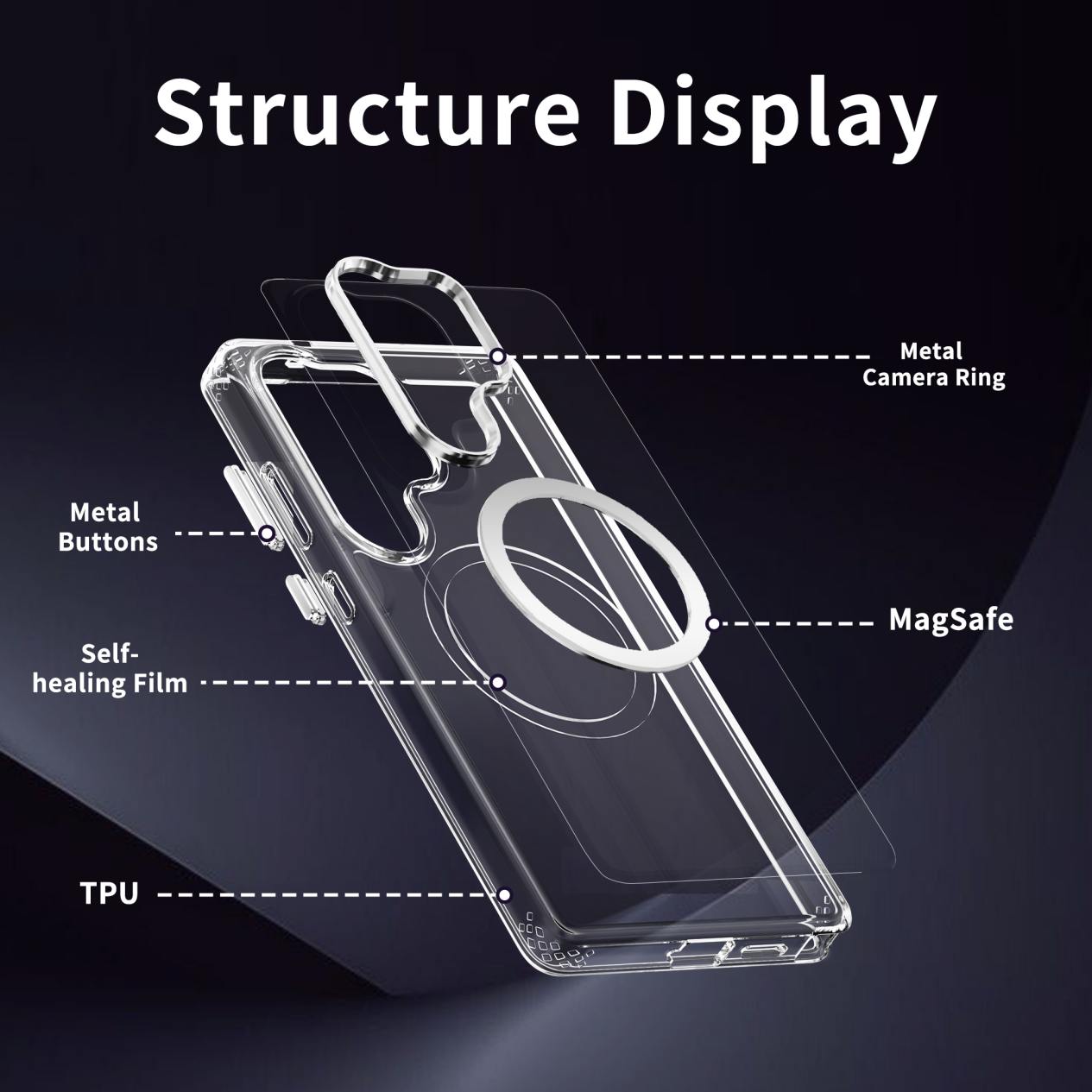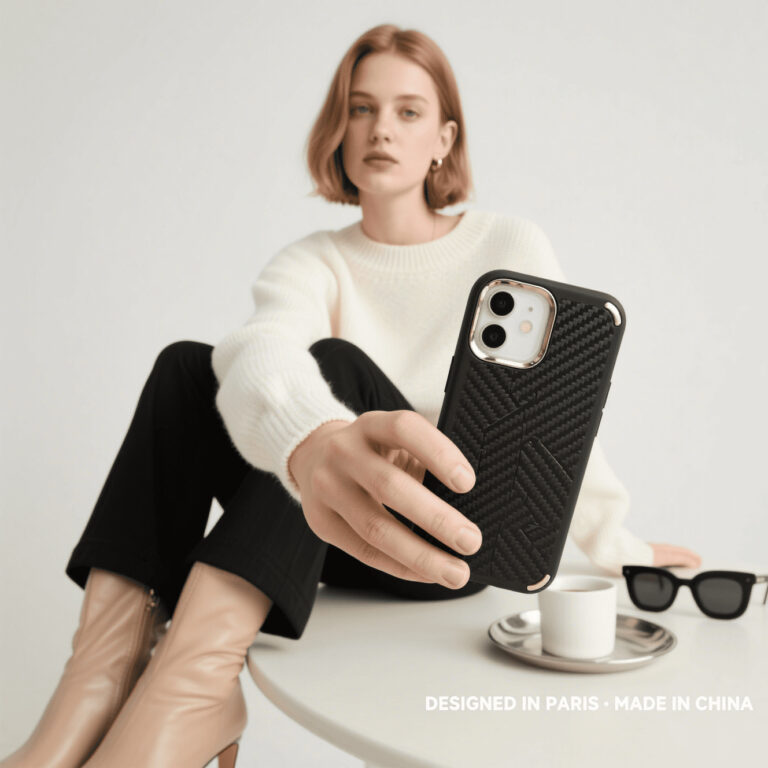When it comes to buying phone cases, the price tag can range from just a few dollars to well over fifty dollars. But what exactly justifies the difference? Is it simply branding, or are there real distinctions in value, function, and protection? Let’s take a closer look at how low, mid, and premium phone cases compare across several key aspects.
1. Materials and Build Quality
One of the most obvious differences among phone cases lies in the materials used. Low-priced options are often made from thin plastic or low-grade silicone, which may look appealing initially but wear out quickly, turning yellow or losing shape. In contrast, premium phone cases use high-quality materials like TPU, polycarbonate, aluminum, or even real leather, offering a more durable, long-lasting feel. A well-built, durable phone case can maintain both its structure and aesthetics for years.
The fit and finish also improve with price. Higher-end phone cases are precision-molded to match the device perfectly, ensuring easier button access and clean seams. Budget versions often fail to align properly, affecting usability and comfort.

2. Protection and Durability
The main job of any case is to protect the phone. While budget models may only prevent scratches, protective phone cases in the mid-to-high-end range typically feature drop-tested certification, shock-absorption materials, and raised bezels to safeguard the screen.
Some models are engineered with multilayer protection, such as air-cushion technology and reinforced corners. A durable phone case built this way provides excellent defense against accidental drops—an essential feature, especially for expensive smartphones.

3. Features and Functionality
Higher-priced phone cases often offer more than just protection. Many support wireless charging and MagSafe, while cheaper cases may block or interfere with these technologies. Other added features include built-in kickstands, cardholders, or even waterproofing.
For eco-conscious buyers, there are eco-friendly options made from biodegradable or recycled materials. These often fall into the higher price bracket, reflecting their added environmental value.
4. Aesthetics and Brand Value
Design and branding significantly influence price. Budget-friendly phone cases come in basic colors and generic styles, whereas high-end brands may offer premium finishes, sleek designs, and even customization options.
5. Longevity and Warranty
A $10 case might last a few months, but a $50 protective phone case may endure years of use. Many premium brands offer warranties, giving buyers peace of mind that the product will hold up under real-world conditions.
In the long run, constantly replacing low-cost cases could cost more than investing once in a truly durable phone case that performs and lasts.
Conclusion
In summary, the difference between various priced phone cases involves far more than appearance. Price reflects differences in material quality, durability, functionality, and brand reliability. By understanding these factors, you can make an informed decision based on what matters most to you—be it style, protection, or long-term value.



